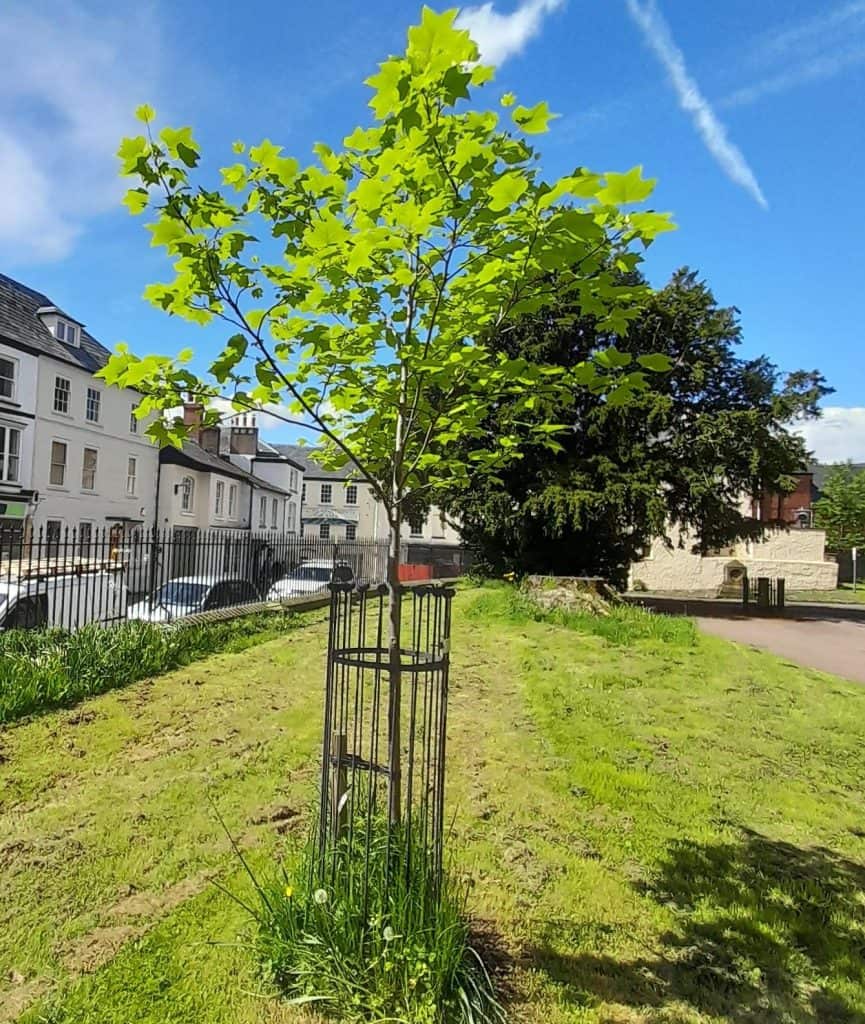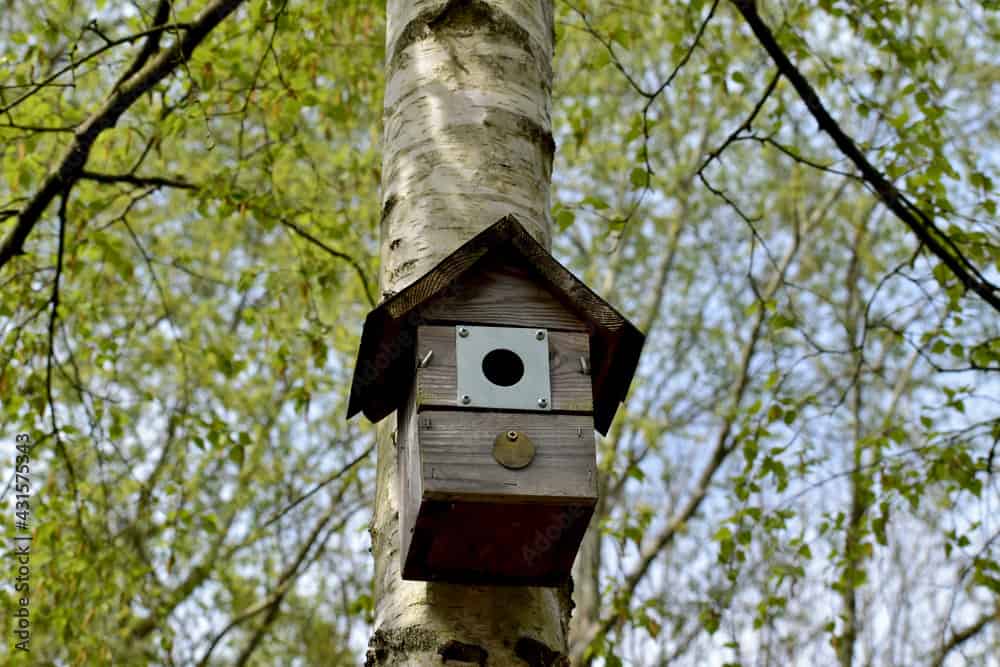Welcome to Green Corridor Green Infrastructure Projects
The Green Corridors enhanced by the GI projects will help enhance or create rich habitats, which act as “stepping stones” for wildlife (such as pollinators and birds) to find shelter or food in our urban areas. These corridors enable the development of resilient ecosystems which can: support community wellbeing, help deal with climate change, provide clean air, store carbon, provide flooding solutions and create access to nature on our doorsteps.
Urban spaces are becoming increasingly more important in supporting our wildlife. Green Corridors can link our urban spaces with the larger nature reserves/landscapes which surround our towns, benefitting both biodiversity and the local community.
Proposals for 2024/2025
We would like to update residents and stakeholders on the Green Corridor Green Infrastructure (GI) Project, and give you an opportunity to give us your further feedback on the project. Monmouthshire County Council has been awarded Shared Prosperity Fund via the Gwent Green Grid Partnership, to design between 15-20 small and medium sized Green Infrastructure Projects in Goytre, Llanover, Usk, LLangybi, Llantilio Pertholey, Raglan, Abergavenny, and Monmouth.
The GI projects will create more enhanced places for people and wildlife and promote resilient ecosystems. Schemes shall be delivered in the 2024/25 financial years and are funded by the by Welsh Government Local Places for Nature funding via WCVA.
Your Feedback
We would really appreciate further feedback from the community and stakeholders, please click on the ‘Tell us what you think’ link below which takes you to a questionnaire. If you click on the place name you are interested in, you will then see options to click on specific green sites to view a proposed design outline .
Tell us what you thinkBiodiversity Enhancement Examples

New hedgerows
These provide cover and food for birds, small mammals and insects. They are linear features so are good links and often hide an unsightly fence or wall.

Tree Planting
Trees provide food and cover for birds (in particular) and importantly they can provide a series of ‘stepping stones’ of cover across an extensive paved area, as well as providing shade and colour for residents.

Wildflowers
Many of our grasslands are very limited in their biodiversity. Swards that contain wildflowers provide rich habitats for insects, and in particular, bees. Cutting the grass less frequently and taking the cuttings away is one of the easiest and most cost-effective ways of increasing the ecological value of an area.

Woodland Management
Woodlands change all the time and need to be managed to maintain them as dynamic, wildlife friendly environments. This means cutting back some growth and planting of new trees, shrubs and wildflowers including bulbs.

Wildlife Homes
Habitats can be enhanced by the provision of suitable spaces for wildlife to live and raise their young. These include bat and bird boxes for species including Swifts and Owls. Reptiles, insects and amphibians need somewhere to hide when they are inactive and hibernacula, often constructed from logs or rocks can provide this. These features are best located away from people and pets, but they are an important way of improving the attractiveness of an area for wildlife.
Thank you for taking the time to feedback on the projects! Please contact us at LocalNature@Monmouthshire.gov.uk if you have any further questions.

This post is also available in: Welsh
